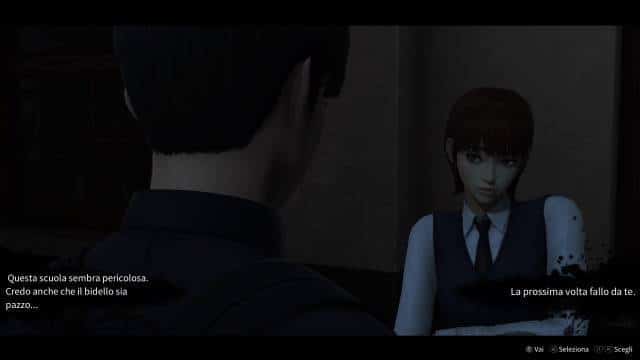In recent years THQ Nordic took the role of a kind of necromancer in the gaming industry. Having got her hands on many franchises that were small, but still popular, she began to revive them by funding the creation of remasters, and sometimes sequels (Darksiders iii, Spellforce III etc). True, the quality of re-releases and sequels does not always correspond to the wishes of the fans. Today we’ll talk about Kingdoms of Amalur: Re-Reckoning…
It’s no secret that Kingdoms of amalur was originally conceived as an MMORPG, but at some point the development was turned in the other direction, leaving plans to leave for an MMO for later. Attention to the game should have been attracted, among other things, by big names: Todd McFarlane – father “Spawn“, Robert Salvatore – one of the most famous authors of books on the universe “Forgotten Realms“, and Ken Rolston – developer The Elder Scrolls III: Morrowind and The Elder Scrolls IV: Oblivion… It would seem an ideal squad to create a masterpiece in the genre, but the problem is that the team had to redo an already semi-finished MMO instead of producing a new RPG from scratch. As a result, the game evoked associations with World of warcraft and had a bunch of monotonous quests in the spirit of “kill, fetch”. Why, even the main storyline is sinning with tasks in the spirit of “activate 3 stones located a kilometer apart on the map.”
True, in all other respects the game was already different from standard RPGs. For example, there is no choice of class, the choice is given to “Fates”, which open with a certain number of spent skills on one of the three branches – Strength, Magic and Dexterity. “Destinies” are similar to subclasses, but there are a large number of them, and some of them are class hybrids, while others do not belong to any of the branches at all and provide other advantages. Plus, the player is free to switch them almost at any time, thereby adapting to the desired situation and with the right equipment.
Another notable difference from genre standards was the combat system, which the developers described as a mixture of models. The Elder Scrolls IV: Oblivion and God of war… By pumping one of the branches, the player can open new combinations for the corresponding weapon – just like in slashers. Even the camera is always trying to take a wide view here. The key word is “trying”, because from time to time she either flies off in the wrong place, or runs into a wall.
In words, the combat system may sound interesting, and it would be so, in fact, if not for its unpretentiousness and slowness. The speed of performing such simple things as a roll or even a teleport takes too long – sometimes an enemy from a hundred meters will have time to shoot an arrow and hit before the hero dodges. The player begins to experience the first frustrations with a more or less decent number of enemies. The fact is that each blow to the character knocks down the animation, and having fallen under a hail of such blows from the opponents, there is every chance to go straight to the nearest save, without making a single successful attack on opponents.
Unfortunately, enemies always react to our attacks in different ways, which is why we often have to jump across the battlefield, rather than actually beat opponents, especially in battles with strong enemies. In big battles, the situation is sometimes saved by partners and other allies, but they themselves practically do not inflict damage, mainly acting as an immortal shield, although they can be knocked out for a while. But even with all this, the battles can be called the best part of the game, they can be exciting and allow you to wield many abilities and a large arsenal of weapons, including such exotic as chakrams.

